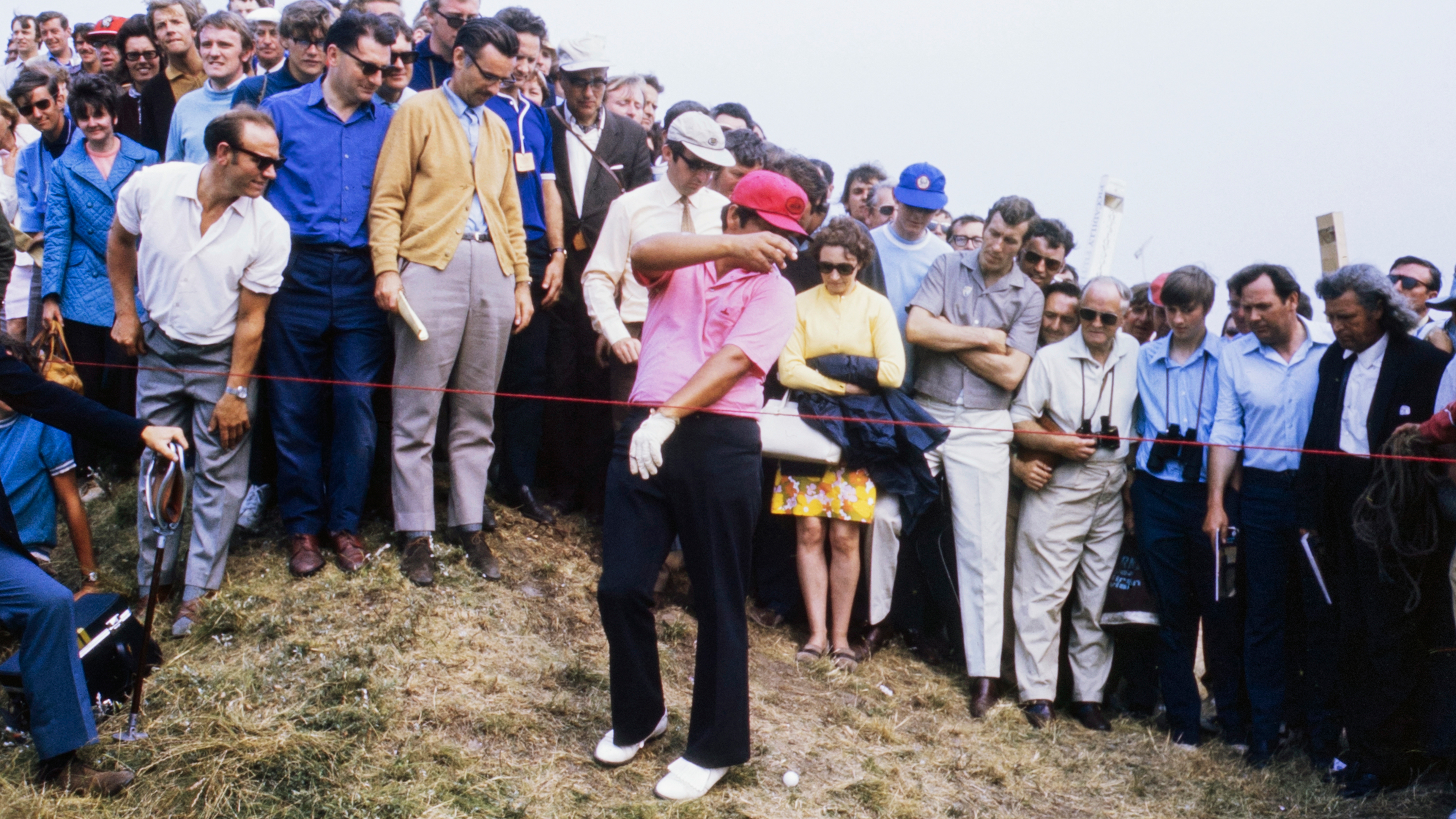
The Rules of Golf have evolved and altered significantly since the original 13 were laid out by the Honourable Company of Edinburgh Golfers way back in 1744. The current Rules are extensive and, although there are technically only 25 of them, a huge amount of detail exists within each of those 25 Rules to cover all possible scenarios that could transpire during a round of golf.
Over the years, the Rules have changed as they have become unified between and then modified by The R&A and the USGA. They continue to be refined and, currently, an updated and improved set of Rules are released every four years. The most recent upgrade was in 2023.
Rules can, and have been altered and others have been discarded completely as the governing bodies continue to work to improve the game and deliver a more enjoyable playing experience for participants. Here we consider 10 Golf Rules that no longer exist.
The Stymie
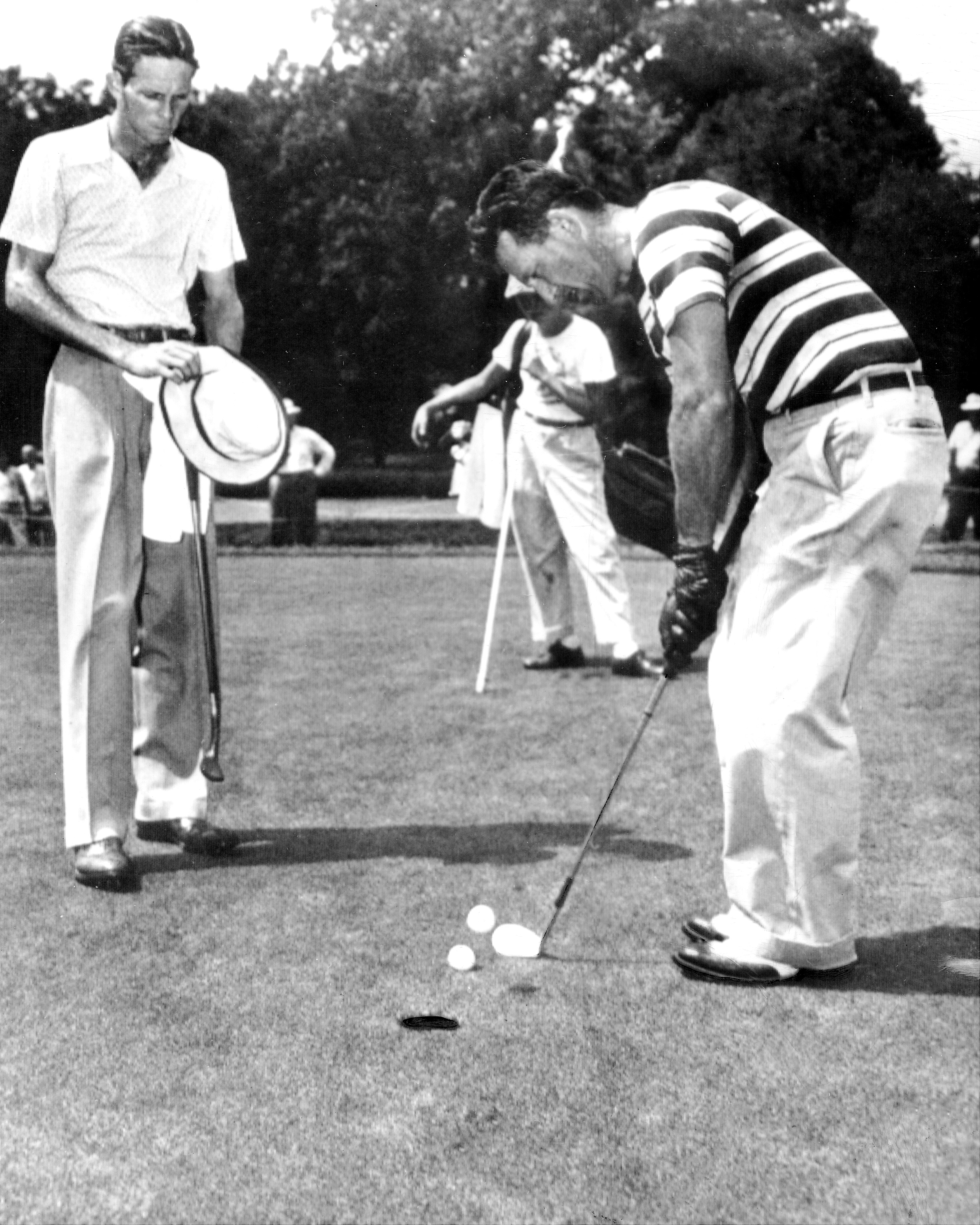
The stymie was eliminated when the first joint USGA and R&A Rules of Golf came into effect in 1952.
Prior to those rules, if one player’s ball on the putting green interfered with another player’s line of putt, the interfering ball could only be marked if the two balls were within six inches of each other. If they were more than six inches apart, there was no provision for marking the ball nearer the hole and the player simply had to play around or over the interfering ball.
The Seeded Divot Hole Rule
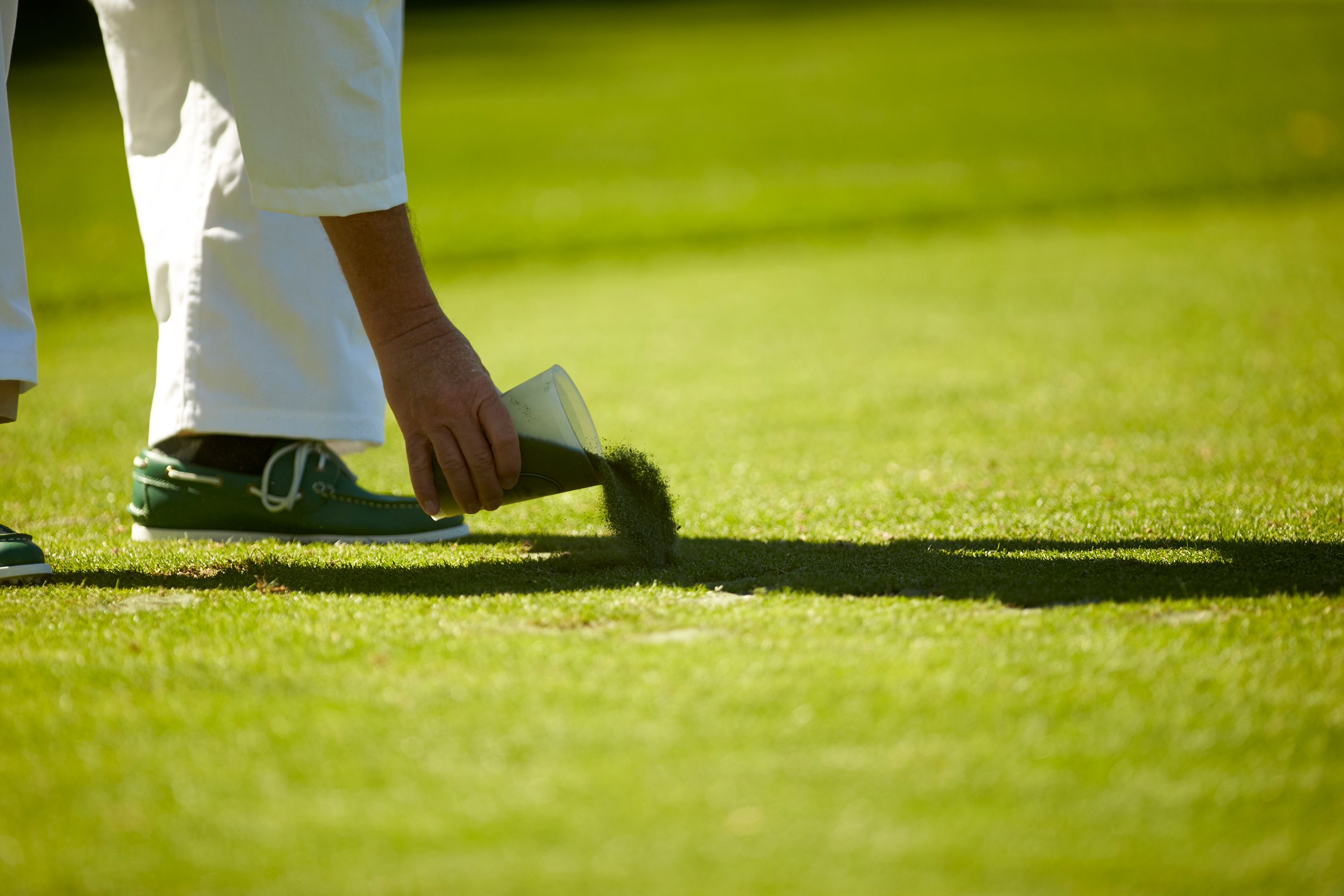
Prior to a revision in 2010, clubs and committees had the authority to make a Local Rule that allowed for free relief from a seeded divot hole. Most clubs had that Local Rule in place. In the revised Rules that came into effect on 1st January 2010, the authority to use the Local Rule pertaining to seeded divot holes was removed. Since then, if your ball lands in any divot hole, seeded or not, you have to play it. Tough break if you land in a cavernous one in the middle of the fairway but, that's how it is!
The Small Ball Rule
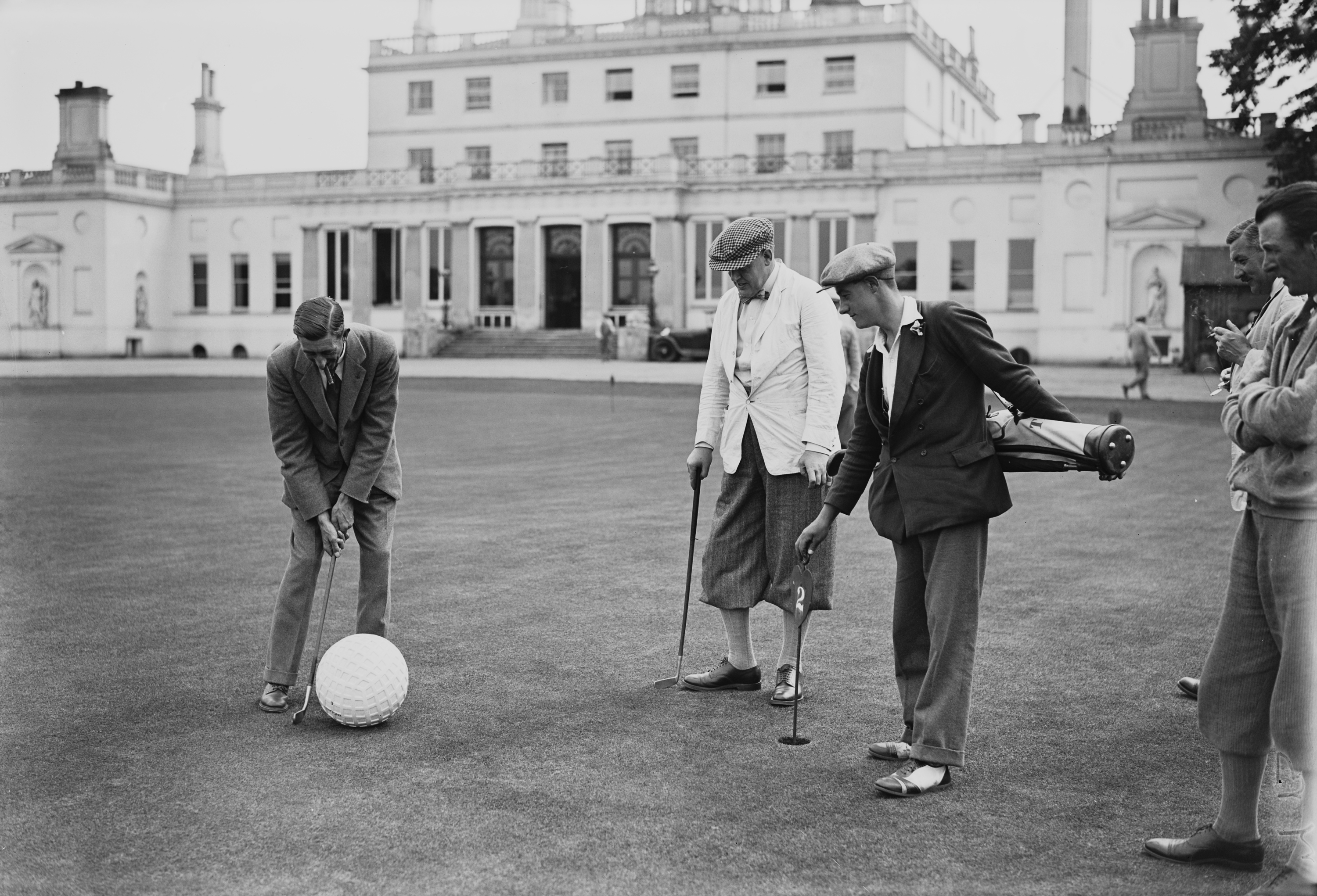
Up until 1990, the minimum size of golf balls in the Rules of Golf was not standardised. The USGA had a minimum size of 1.68 inches while The R&A specified a minimum size of just 1.62 inches.
The smaller British ball flew a bit further and straighter than the larger American ball and it wasn’t until 1974 that the The R&A barred the use of the small ball in The Open championship. Today, all golfers play a ball of 1.68 inches diameter so there’s no distinction between British and American balls.
The Tee Up Next To the Hole Rule
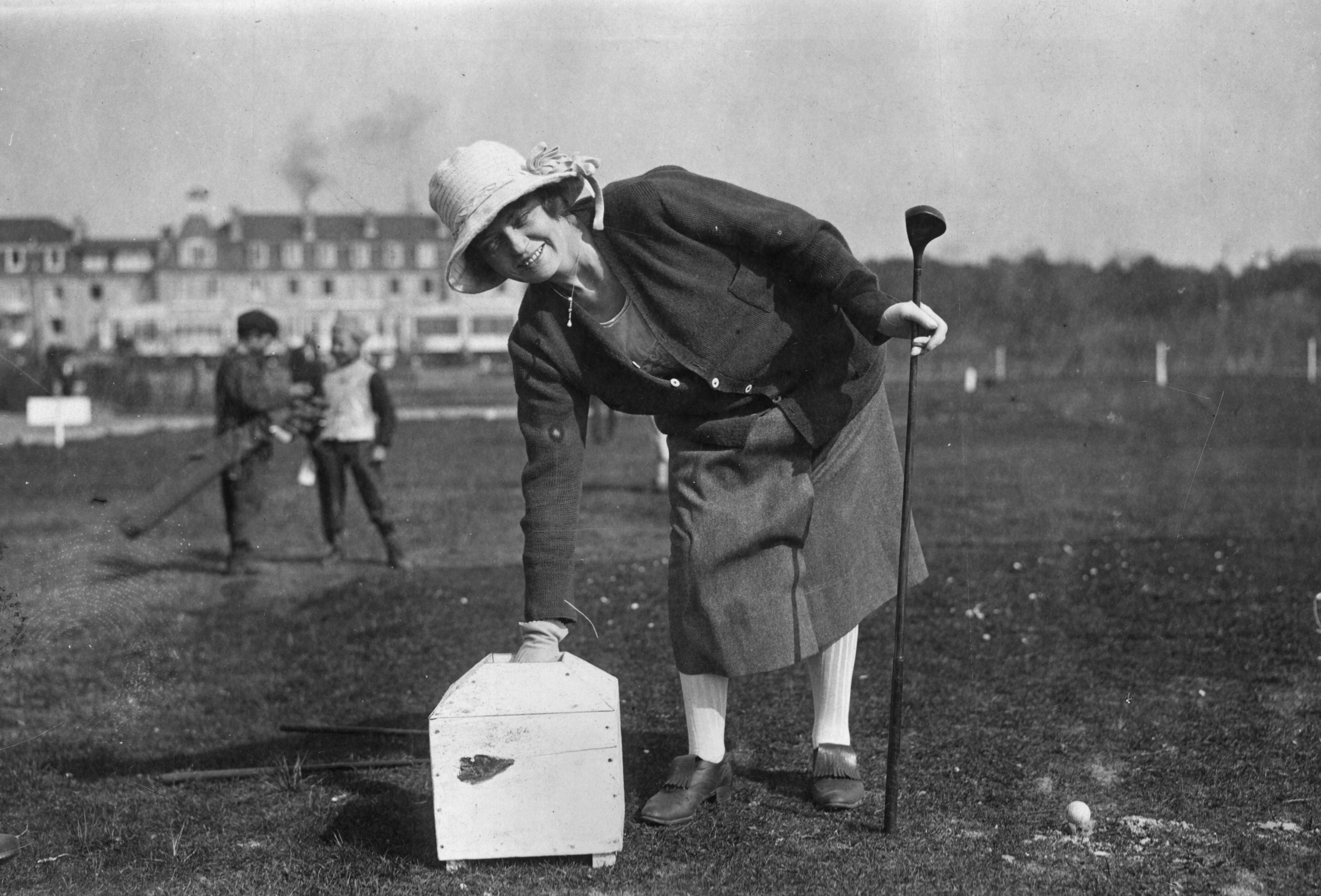
In the original 13 Rules (Articles) of Golf, Rule 1 stated – “You must tee your ball within a club’s length of the hole.” Can you imagine the bedlam on course if that still existed today? Apart from the greens taking a terrible pounding, pace of play would be horrific as nobody would be able to play up to a green until the group in front had moved on.
The Rule was modified to be within two club’s length and gradually it evolved as players (sensibly) started to tee up further away, eventually from designated teeing areas.
Today, Rule 6 on “Playing a Hole” defines the teeing area as:
“The teeing area is a rectangle that is two club-lengths deep where:
The front edge is defined by the line between the forward-most points of two tee-markers set by the Committee, and
The side edges are defined by the lines back from the outside points of the tee-markers.”
The Over The Shoulder Drop Rule
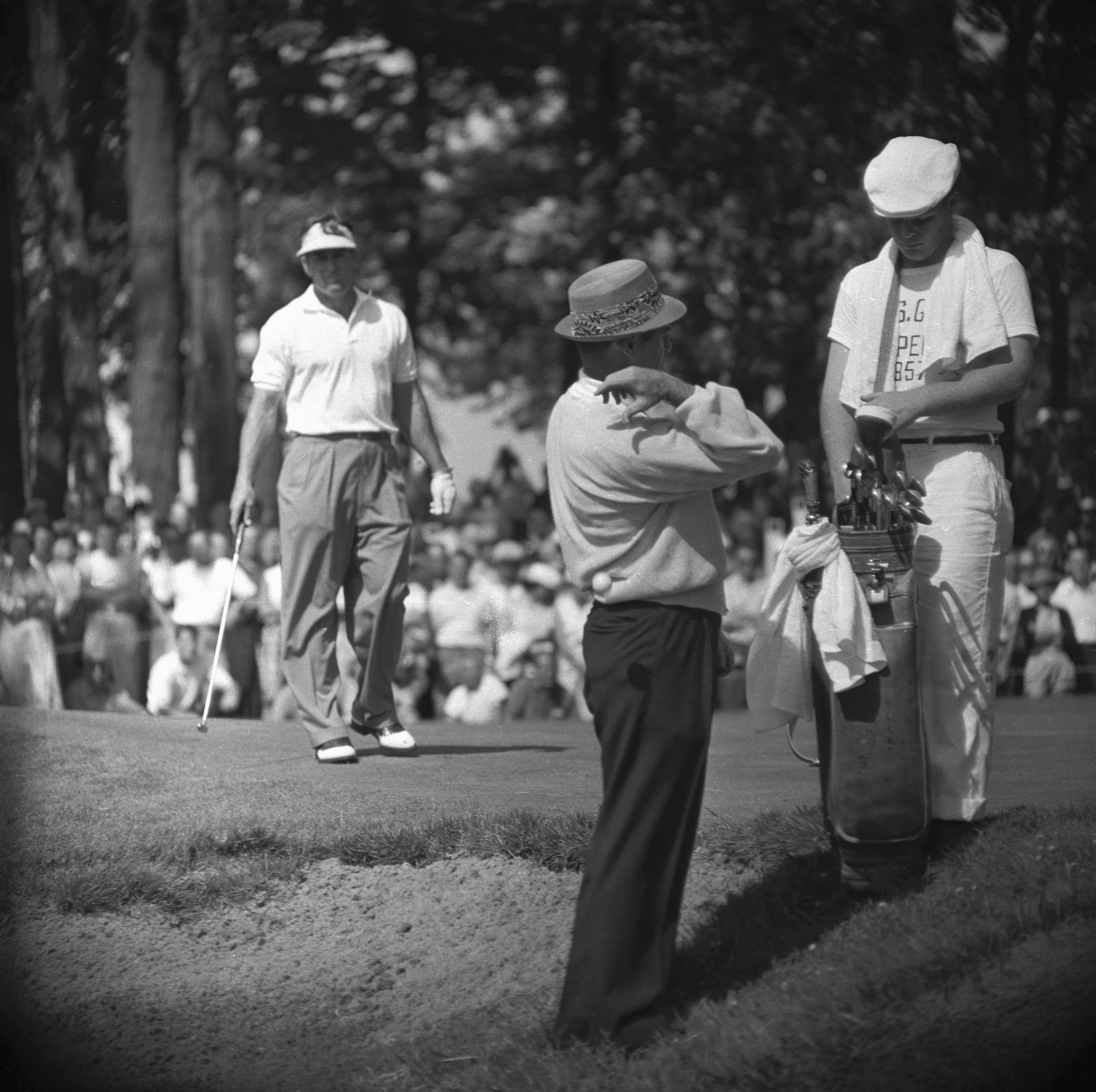
Up until 1984, if you were taking a drop you were expected to drop it over your shoulder, as if you were tossing a pinch of salt for good luck:
“The player shall face the hole, stand erect, and drop the ball behind him over his shoulder," as Sam Snead demonstrates above.
Apart from looking rather comical, it could lead to some unfortunate breaks and a considerable number of re-drops as the ball rolled or bounced outside the allowable area for it to be deemed “in play.”
In 1984, the Rule was changed and the required drop technique became:
“Stand erect (no slouching), extend your arm at shoulder height, and drop the golf ball within a designated area.”
As of the 2019 changes, the Rule has changed further to require the player to drop the ball “straight down from knee height.”
The Five-Minute Search Rule
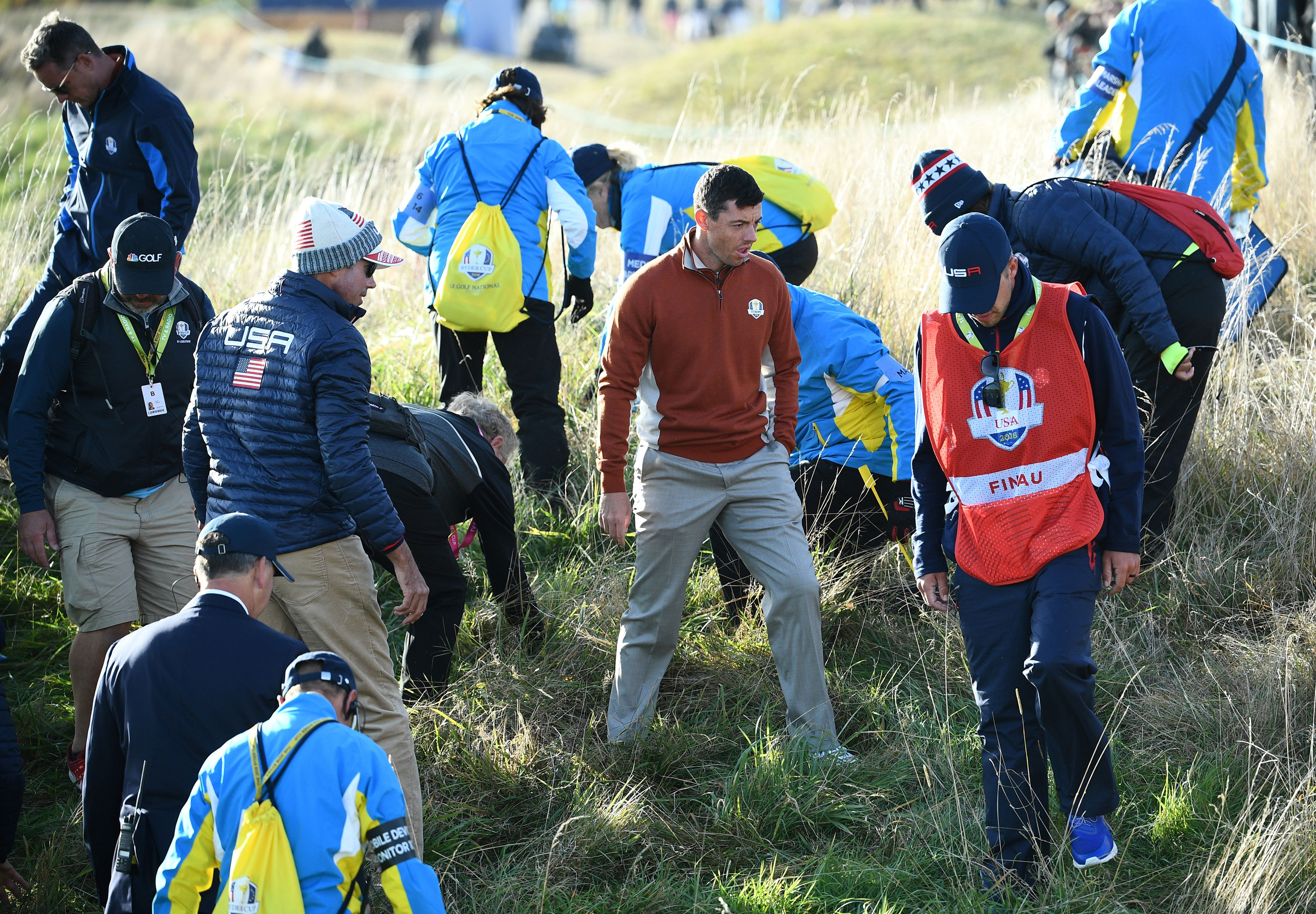
In the 1783 Rule Code of the Society of Golfers of Aberdeen, Rule 12 of 23 states: “The Party whose Ball is amissing shall be allowed Five Minutes to search for it, after coming to the Spot where the Ball appeared to drop.”
Up until 2019, the Rules stuck to the Aberdonians’ guidance and players had five minutes to find their ball from the time they started their search. But after the Rules overhaul, starting in 2019, that time limit has been reduced to just three minutes. The objective has been to speed up play but there are some arguments against the modification.
The Double Hit Penalty
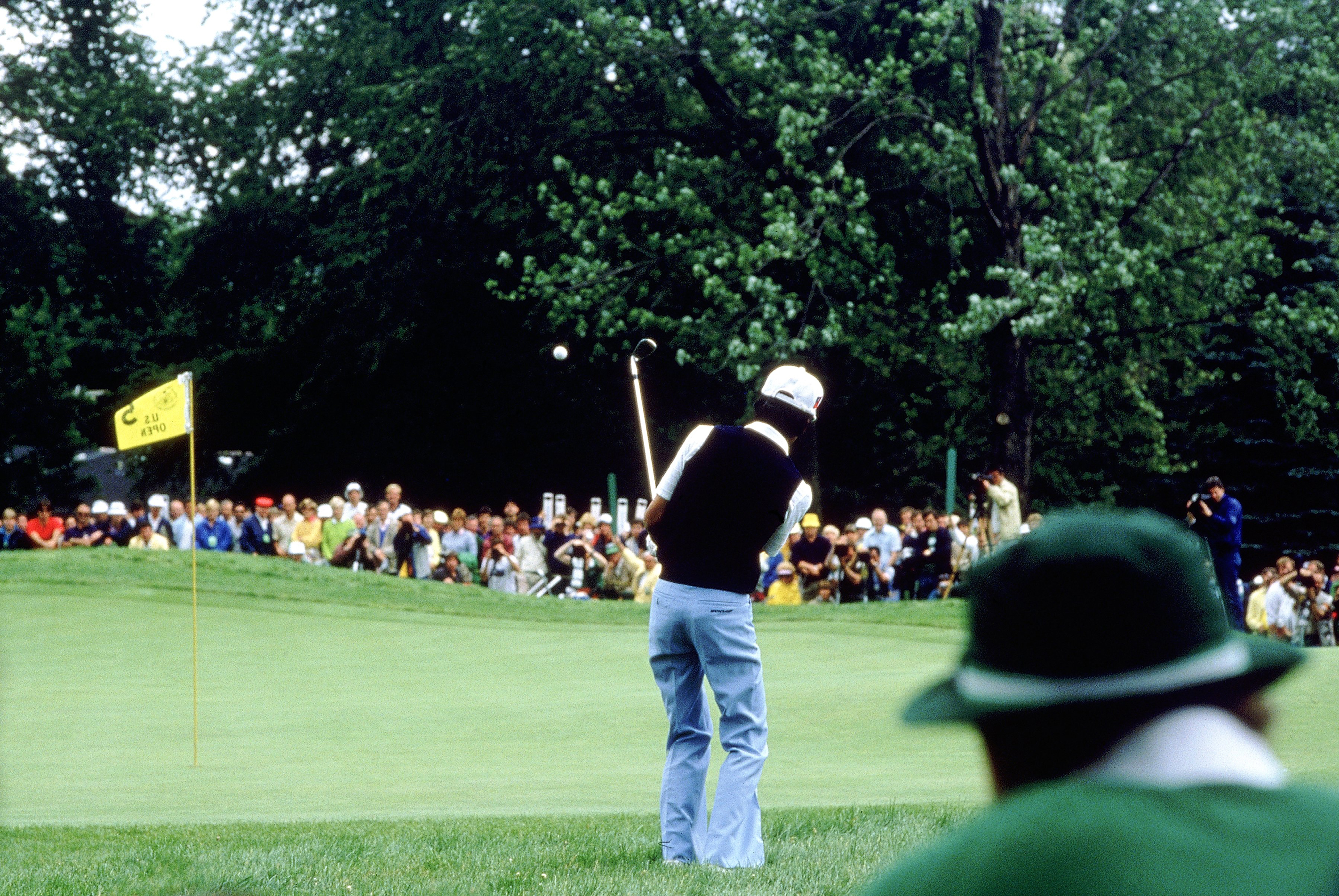
Up until 2019, if you made a pass at the ball, duffed it into the air and then struck it again on the way through – a “double hit” you had to count the stroke and incur a one-stroke penalty. Basically, a double hit counted for two shots.
The new Rule, applicable from 2019, is 10.1a on “Fairly Striking a Ball.” It states: “If the player’s club accidentally hits the ball more than once, there has been only one stroke and there is no penalty.” That one has saved a few blushes over the last five years.
The Hitting Yourself Penalty
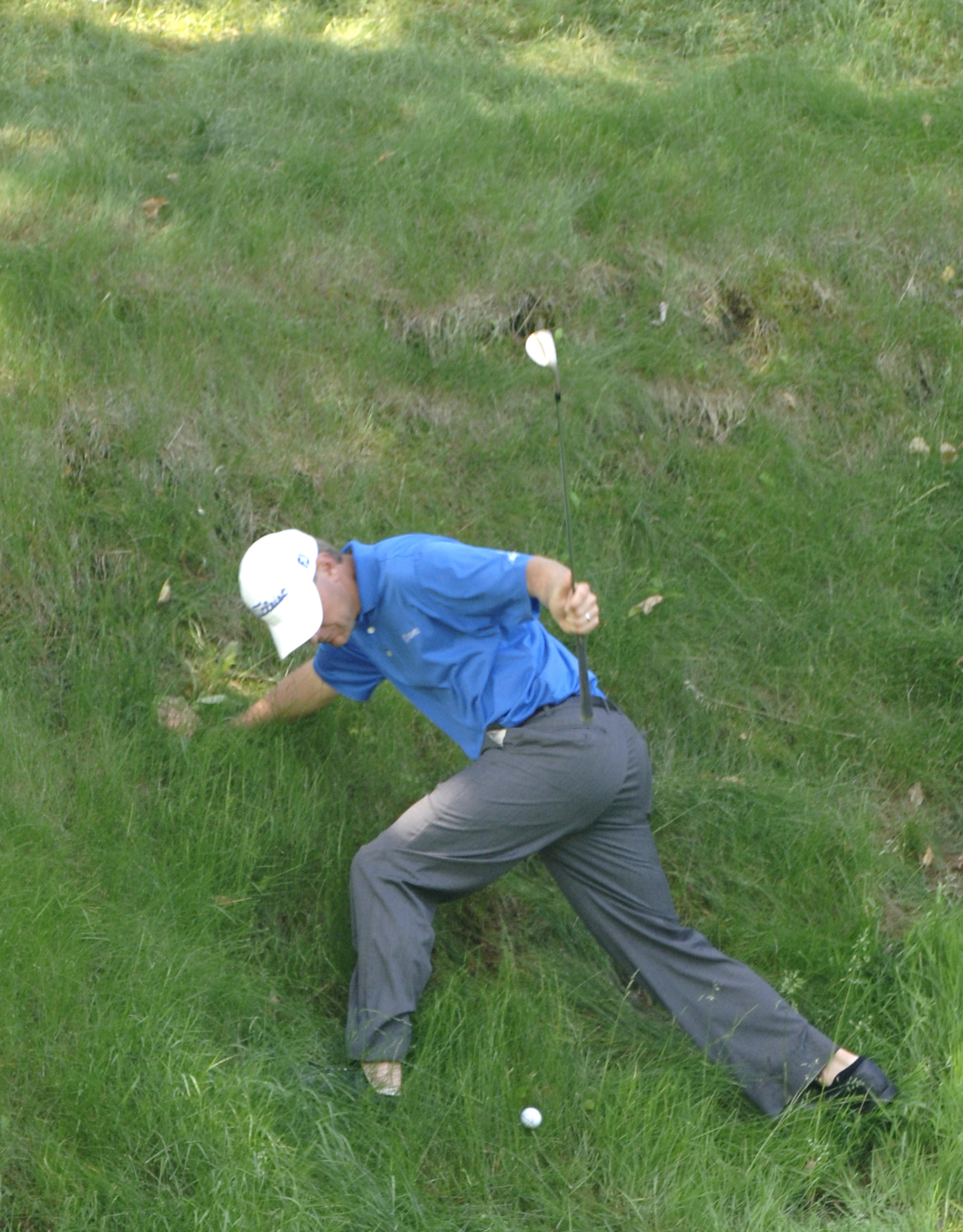
In the old days, if your ball rebounded off a bunker face, a wall or a tree and it accidentally struck your body, you were penalised two shots. Even if you heel shanked it onto your foot – you were penalised. It seemed a bit harsh so in 2019 the Rule was changed. The new Rule (11.1a) states: “If a player’s ball in motion accidentally hits any person (including the player) or outside influence: There is no penalty to any player.”
But, if it’s deliberately stopped or deflected in motion, the player will get the “general penalty.”
The ball has to drop below the level of the hole rule
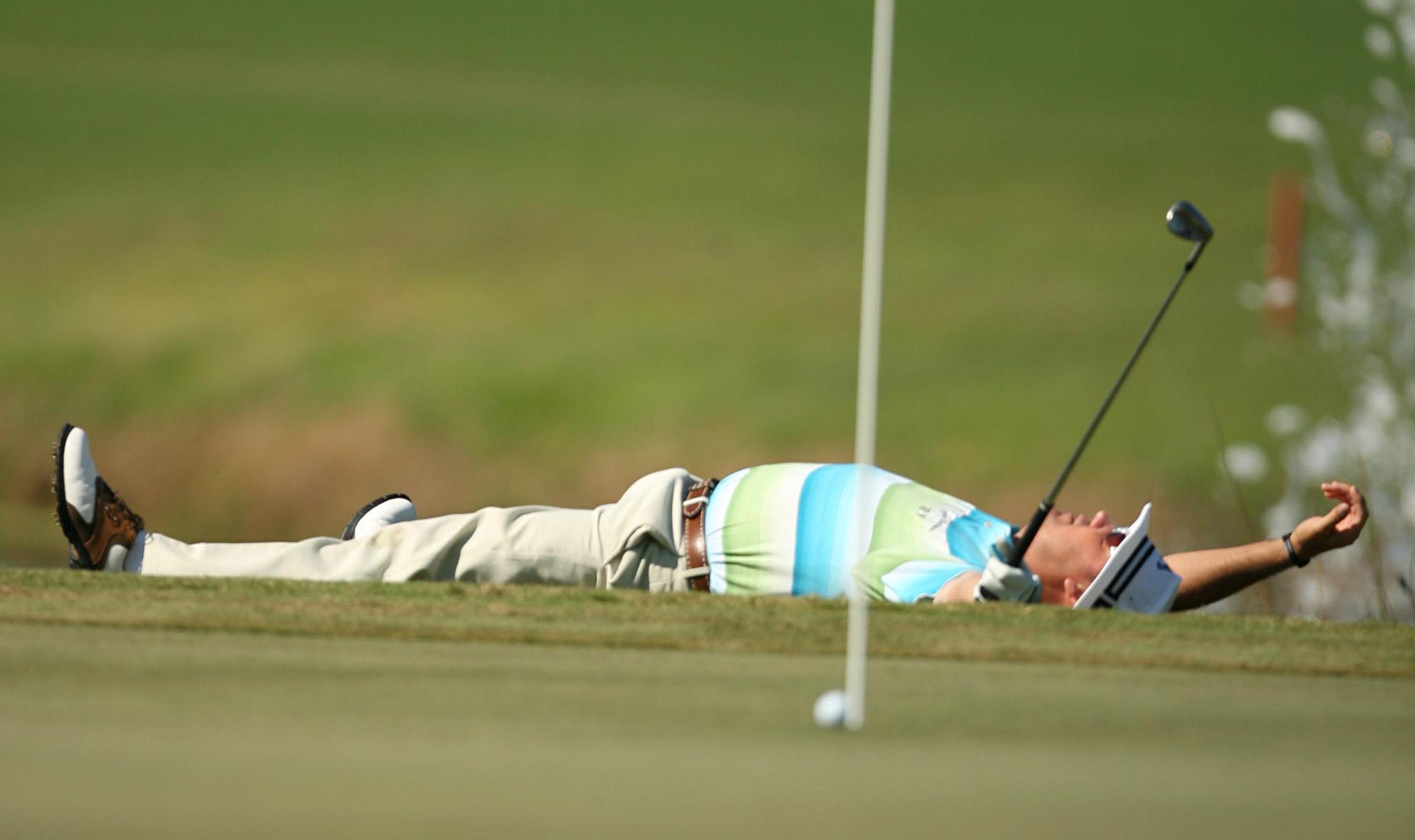
Up until 2019, the ball had to come to rest completely below the surface of the putting green in all circumstances. That doesn’t now need to be the case. After the new 2019 Rules, the ball can come to rest against the flagstick and still count as “holed” as long as any part of the ball is below the level of the putting surface. Rule 13.2c states:
“If a player’s ball comes to rest against the flagstick left in the hole: If any part of the ball is in the hole below the surface of the putting green, the ball is treated as holed even if the entire ball is not below the surface.”
But if no part of the ball is below the surface of the putting green – It is not holed and must be played as it lies. If the flagstick is removed and the ball then falls into the hole, the ball has to be placed back on the lip and played.
The No Club Replacement Rule

Until 2023, players were never allowed to replace a club that had been damaged during the course of normal play. Even if it was damaged accidentally. As of the modified Rules of 2023, players can now make a change. Rule 4.1a says that, “If a conforming club is damaged during a round or while play is stopped, except in cases of abuse, the player may repair it or replace it with another club.”
So, as long as you haven’t snapped it over your knee in anger, you can grab a replacement club if you’re heading past the car park or the pro shop.







